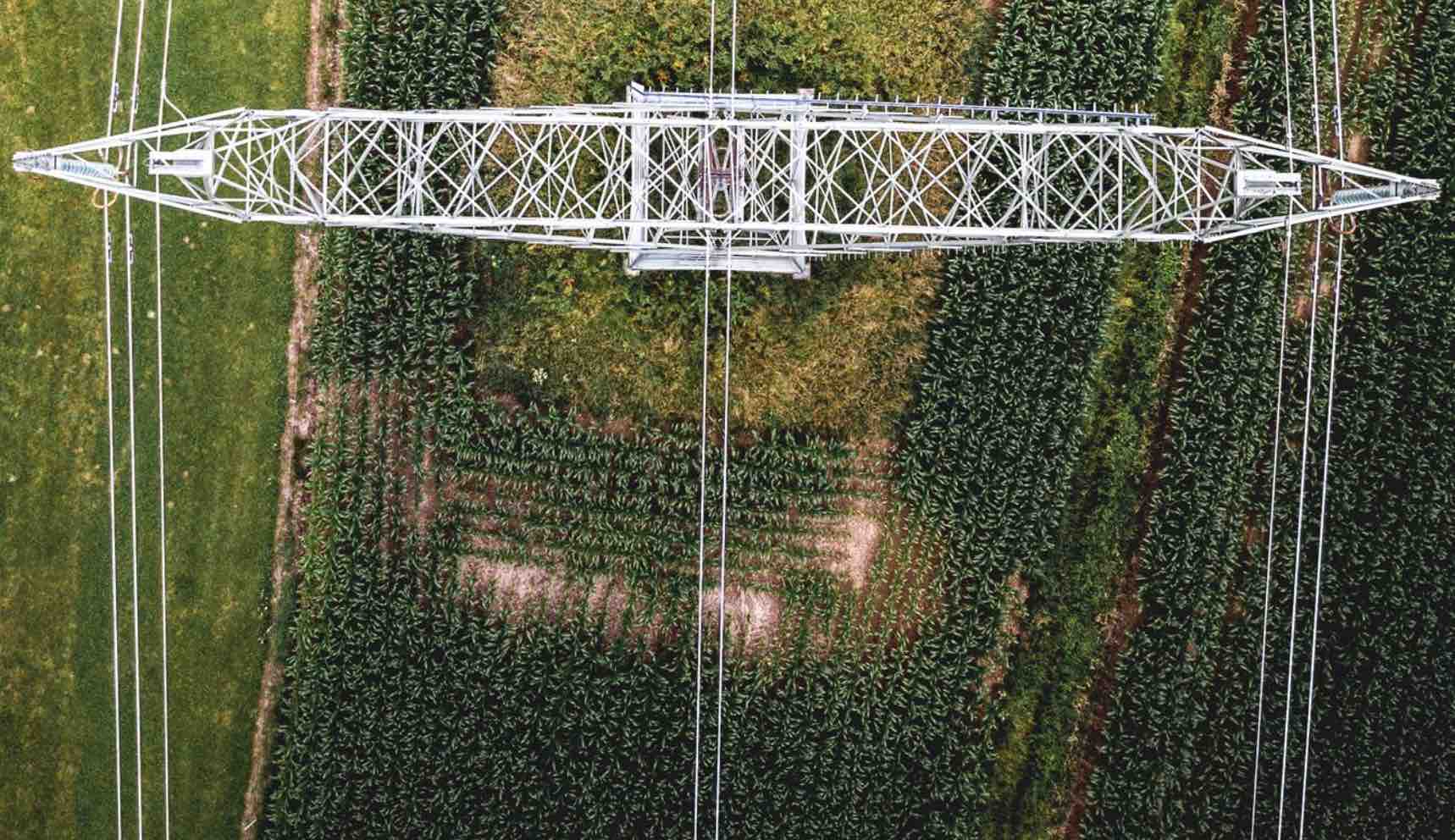The $10 billion Clean Energy Finance Corporation is looking to make its first significant investment in green hydrogen after a year of landmark deals that saw its focus switch to “enabling” technologies for wind and solar rather than the renewable projects themselves.
The CEFC has played a key role in Australia’s emissions reductions to date, greasing the finance wheels for large scale wind and solar farms in recent years, and also exploring other technologies such storage, electric vehicles and energy efficiency.
In the last year, the CEFC allocated another $1.35 billion, taking its running total to $7.4 billion, with significant amounts to “enabling” technologies – such as transmission lines and battery storage and virtual power plants – and in the coming years the CEFC expects to extend that to some significant green hydrogen projects.
The CEFC has around $300 million earmarked for green hydrogen, but the biggest allocation it has made to date is $750,000 to an innovative electrolyser production technology developed at the University of Wollongong.
“We have got a good pipeline of deals under the hydrogen banner coming our way,” CEFC chief executive Ian Learmonth told RenewEconomy in an interview.
“I’m optimistic that it’ll will ramp up over the coming few years. But the large scale electrolysers producing vast amounts of green hydrogen I think are still a number of years away.”
In Australia, the biggest hydrogen electrolyser deployed to date is 1.7MW, and in Europe the biggest is around 200MW, still under construction. But the scale of projects being put forward by the likes of Andrew Forrest and CWP Global is in the tens of gigawatts.
“I think we have got to go big,” Learmonth says. And he argues that that holds true for the other investments such as transmission and storage, and even some gigawatt scale wind projects.
In the last year, the big ticket items were $295 million for Project EnergyConnect, the $2.3 billion transmission link from South Australia to NSW that will unlock several gigawatts of wind and solar projects (although this came after the June 30 year end), and $125 million for a transmission link to project Snowy 2.0 to the main grid.
Another $160 million went to the Victoria Big Battery, nearly complete but likely facing commissioning delays as it works out what caused the recent fires in two Tesla Megapack containers, while another $160 million went to supporting green homes in two different investments.
Learmonth says only $74 million went to large scale solar projects, in this case to Canadian Solar for two solar farms (Suntop and Gunnedah) using bifacial modules, while another $10 million went to support the new “flexible solar” technology being rolled out by SunMan.
But he also hinted that there potentially some deals in big wind, deploying the technology at a scale not seen in Australia to date.
Learmonth also sees potential in the agricultural sector and in transportation.
“We are still very much a broad based investor. I’m sure there’ll be further storage deals coming our way, both battery and pump storage.” He says the CEFC is also looking at soil carbon and recycling
Learmonth says the CEFC has played a key role in driving $33 billion in new investments that are aimed at cutting Australia’s carbon emissions and is now focused on hard-to-abate activities.
“We’re excited to be backing the evolution of clean hydrogen as a low emissions energy source for transport, manufacturing and industry. We’re also pleased to be investing in complex large-scale transmission infrastructure, which is so essential for Australia to leverage our natural advantage as a renewable energy powerhouse.”










